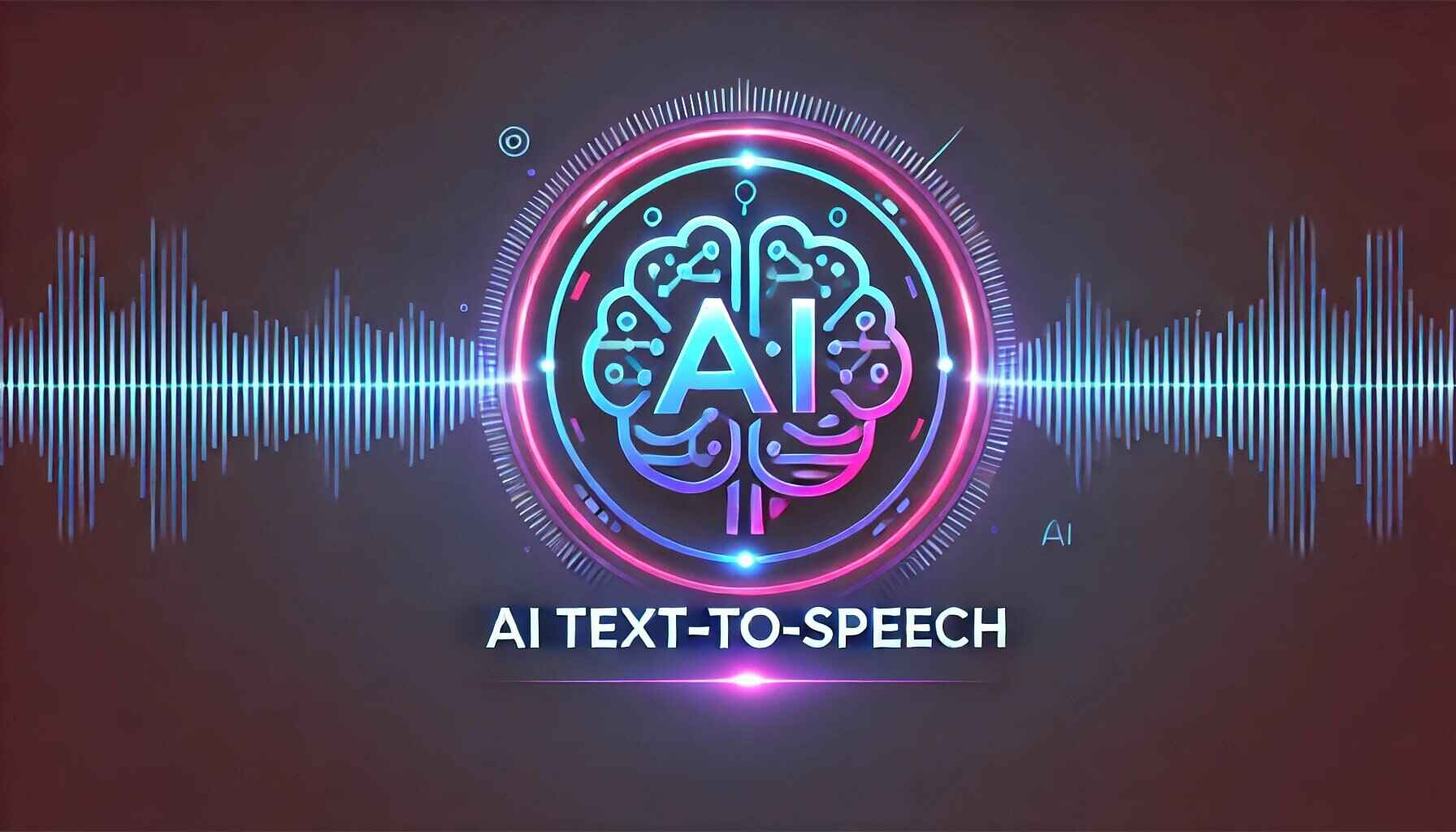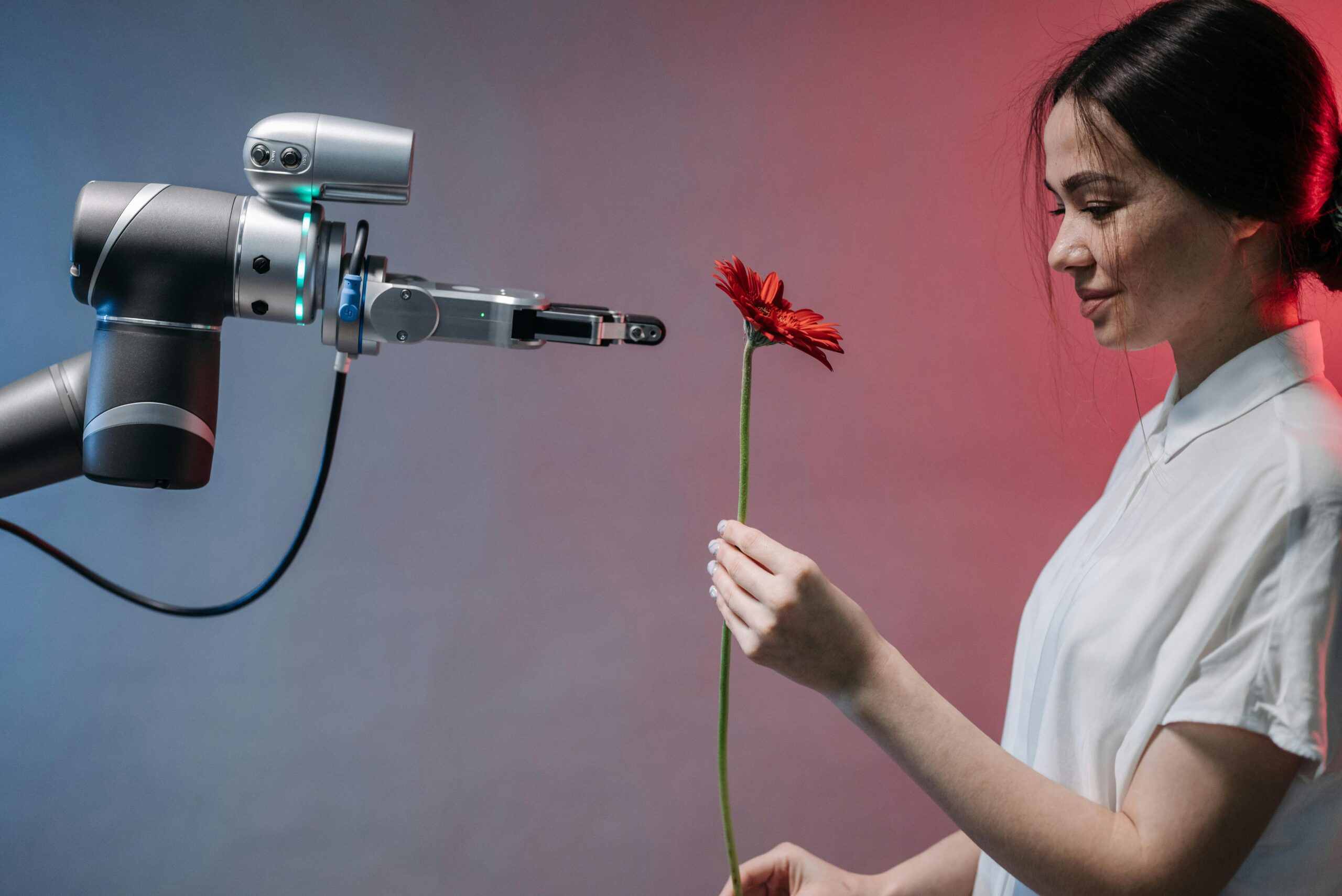AI text-to-speech technology has revolutionized the way video narration is approached, offering a dynamic and efficient solution for content creators. This article explores the capabilities of AI text-to-speech in enhancing video narratives, delving into its benefits, customization options, challenges, and best practices for implementation. By leveraging the power of artificial intelligence, video producers can create engaging and accessible content while staying ahead of the curve in the ever-evolving landscape of multimedia production.
1. Introduction to AI Text-to-Speech Technology
AI text-to-speech technology is like having a really articulate robot read a script for you. It converts written text into spoken words, mimicking natural speech patterns. This nifty tech is revolutionizing the way we create audio content, making it easier to turn written content into engaging spoken narratives.
2. Enhancing Video Narration with AI Text-to-Speech
Ever noticed how some narrators in videos sound like they’ve had one too many cups of coffee? AI Text-to-Speech brings consistency and clarity to narration, minus the jittery caffeine buzz. It ensures smooth delivery and eliminates human errors, making your videos more polished and professional.
Viewers are like cats—easy distracted. AI Text-to-Speech keeps them hooked with clear, expressive narration that enhances comprehension and retention. It’s like having a captivating storyteller at your beck and call, ensuring your audience stays tuned in till the end.
3. Benefits of Using AI Text-to-Speech for Dynamic Videos

AI Text-to-Speech opens doors for those with visual impairments or language barriers, making your content accessible to a wider audience. It’s like giving everyone a VIP pass to your video, regardless of their individual needs or preferences.
Forget about hiring voice actors or spending hours in a recording studio. AI Text-to-Speech gets the job done quickly and cost-effectively, freeing up your time and budget for other creative endeavors. It’s the ultimate hack for busy video creators who want quality without breaking the bank.
4. Customization and Personalization Options
From chipper morning show host to soothing meditation guru, AI Text-to-Speech lets you choose the perfect voice and tone to match your video’s vibe. It’s like having a virtual casting agency at your fingertips, ensuring your narration hits all the right notes. If you’re looking for the right tool, you can use a free AI voice text to speech tool that converts your text into human-like speech, providing authentic male and female voice narrations. This allows creators to easily enhance their videos with the right tone and style, without any additional cost.
Bonjour! Ni Hao! AI Text-to-Speech breaks language barriers by offering a wide range of language and accent options. Whether you’re going global or just feeling fancy, you can tailor your video narration to suit your audience’s linguistic preferences. It’s like having a baby fish in your pocket, ready to translate your words into any dialect you desire.
5. Overcoming Challenges and Limitations
When using AI text-to-speech, the quality and naturalness of the generated voice can vary. While advancements have improved voice realism, some robotic tones and unnatural pauses may still occur. However, ongoing research and development aim to enhance voice quality, making it more engaging and lifelike for listeners.
AI text-to-speech systems may struggle with complex text, such as technical jargon or unique names, leading to mispronunciations. To address this challenge, users can pre-train AI models with specific vocabulary or utilize phonetic spelling for tricky terms. Continuous refinement and customization can help improve pronunciation accuracy.
6. Best Practices for Implementing AI Text-to-Speech in Video Production
When scripting for AI text-to-speech, it’s essential to write in a clear, concise manner to enhance voice coherence and flow. Avoiding overly complex sentences or ambiguous phrasing can improve voice performance. Additionally, incorporating natural language cues and pauses can enhance the overall listening experience.
To streamline video production workflows, integrating AI text-to-speech tools with video editing software is key. Seamless integration allows for efficient voice synchronization, editing, and post-production adjustments. Compatibility with popular video editing platforms ensures a smooth and cohesive workflow for creators.
7. Future Trends and Innovations in AI Text-to-Speech Technology
The future of AI text-to-speech technology lies in advancements in neural text-to-speech models. Leveraging deep learning techniques, these models aim to enhance voice naturalness, intonation, and expressiveness. Continued research in neural networks holds promise for creating more human-like and emotionally engaging voices. For those interested in the best AI tools, staying informed about these trends can help you utilize the latest advancements.
Potential Applications in Virtual and Augmented Reality
AI text-to-speech technology is poised to revolutionize virtual and augmented reality experiences. By integrating realistic voice narration into immersive environments, users can have more interactive and engaging interactions. From virtual tour guides to educational simulations, AI text-to-speech opens up exciting possibilities for enhancing virtual experiences. In conclusion, AI Text-to-Speech proves to be the perfect tool for dynamic video narration, offering a host of advantages and opportunities for content creators. As technology continues to advance, the integration of AI text-to-speech in video production workflows will only become more seamless and effective. By embracing this innovative technology and staying informed about future trends, creators can elevate the quality and impact of their video content, captivating audiences in new and exciting ways.









